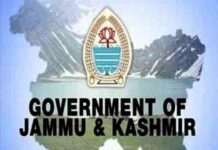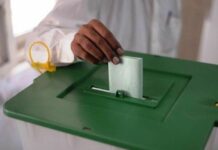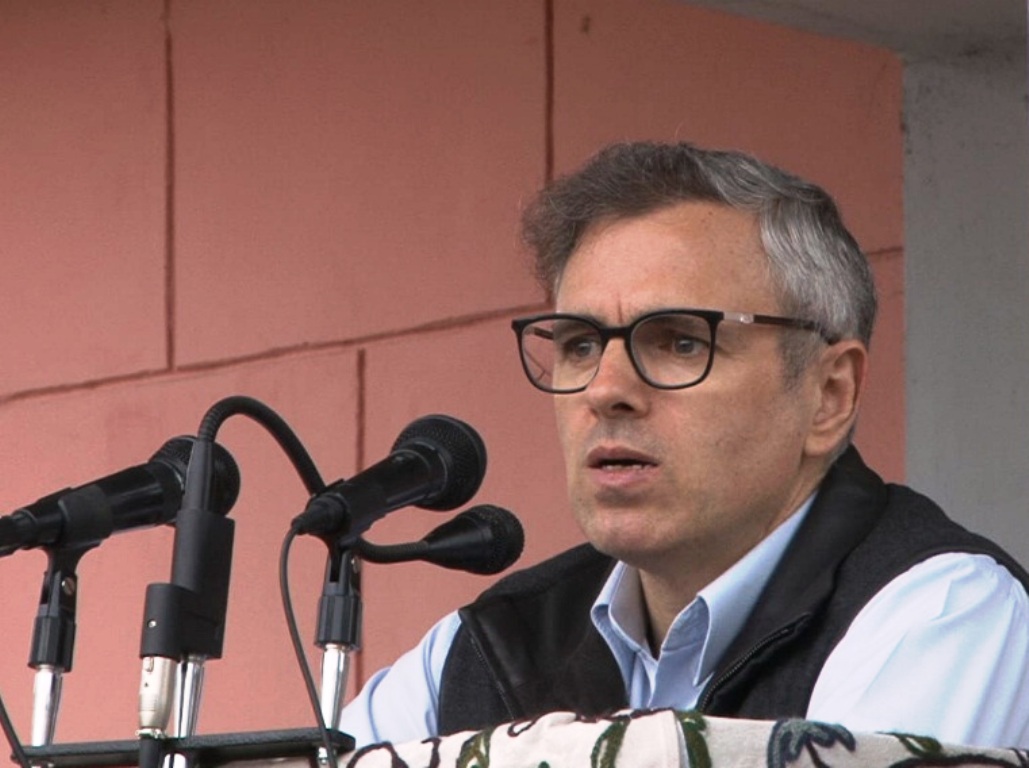SRINAGAR: As the monsoon season comes to a close in Jammu and Kashmir, there has been a reported total of 53 dengue cases this year, with expectations of a surge in cases.
Dr Harjeet Rai, the State Surveillance Officer, informed the news agency KNO that Jammu and Kashmir has seen 53 cases of dengue this year, including 3 cases from the Kashmir division.
Officials have projected an increase in dengue cases after the monsoon season in Jammu and Kashmir. They have advised residents to take “preemptive measures” to protect themselves from the painful mosquito-borne illness, given the absence of any vaccine.
They emphasised that dengue, caused by viruses transmitted by infected mosquitoes, has long been a health concern. The public is urged to take precautions to avoid becoming infected with the virus.
People are advised to use mosquito repellents and wear full-sleeve shirts to shield themselves from Aedes mosquitoes, which are known to breed in stagnant water caused by water logging, especially during the monsoon season.
“The most effective method to avoid dengue is to prevent mosquitoes from accessing breeding sites. This involves managing and modifying the environment, proper disposal of solid waste, removing artificial water-holding containers, and regularly covering, emptying, and cleaning domestic water storage containers. Additionally, appropriate insecticides should be applied to outdoor water storage containers,” officials stated.
“While the Aedes aegypti mosquito is the primary carrier of dengue, it has adapted to urban environments, often breeding in man-made containers such as buckets, mud pots, discarded containers, used tires, and stormwater drains. Regular clearing and cleaning of these items are essential,” officials added.
These mosquitoes are most active at dawn and dusk, therefore people are encouraged to wear clothing that minimises skin exposure during these times.
Meanwhile, officials reported that the highest number of cases was in 2013, with 1,837 cases recorded so far. In the year 2009, there were two cases; none in 2010; 3 in 2011; 16 in 2012; 1,837 in 2013; 4 in 2014; 153 in 2015; 79 in 2016; 488 in 2017; 214 in 2018; 439 in 2019; 53 in 2020; and 1,709 in 2021. However, last year saw over 8,000 cases and 18 deaths reported in J&K. (KNO)















